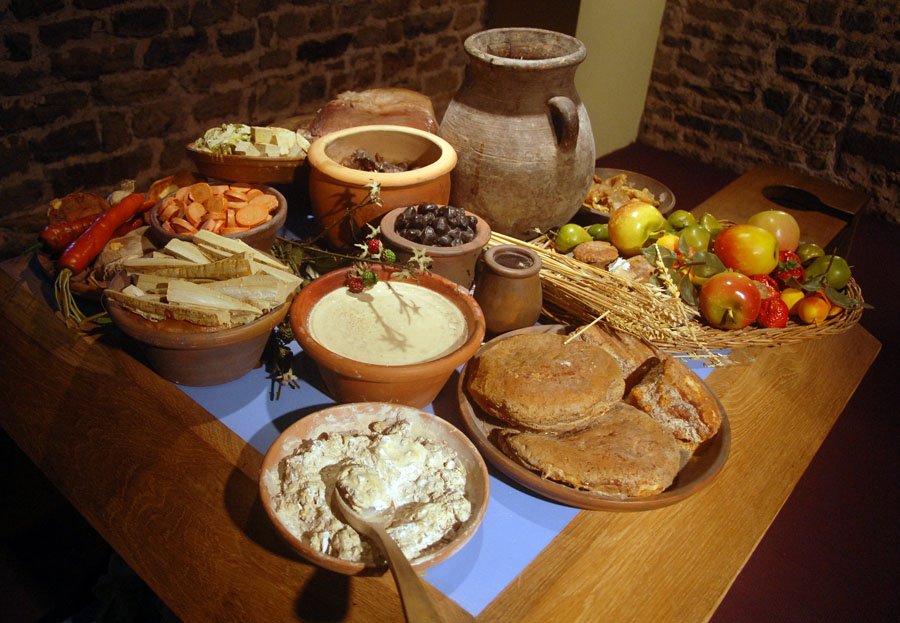Ancient Food Can Explain Why Modern Humans Have Much Smaller Mouths And Teeth Than Our Hominin Ancestors
MessageToEagle.com – There are significant differences in the size of modern humans’ mouth and teeth compared to our hominin ancestors. Scientists now suggest that ancient food processing may have helped shape our faces.
About 2.8 million years ago, human skeletons began to change in significant and baffling ways. Homo erectus, for example, was much taller and had a much larger brain case than the Australopith ancestors. What made Homo erectus also unique were the smaller teeth, jaws, and faces than ancestral hominins.
How could humans eat enough food to support massive bodies, and presumably massive brains, with such small mouths?
Something must have triggered this evolutionary change, but scientists are not quite certain what it was. It has been proposed that a change in diet or the use of simple food processing techniques like chopping, pounding, grinding and cooking could explain these dramatic changes.
Cooking, was uncommon until 500,000 years ago and the effects of carnivory and Palaeolithic processing techniques on mastication are unknown. However, scientists have found out that Lower Palaeolithic processing technologies affect chewing force production and efficacy in humans consuming meat and underground storage organs (USOs). A meat-heavy diet and the use of tools to break foods into smaller pieces could have allowed these early humans to derive enough energy from their meals with minimal chewing.
Because meat is an energy-rich food, if an early human diet was one-third meat, our ancestors would have needed to chew 13 percent less compared to masticating plant matter.
See also:
Four Other Humans Species Lived Alongside Modern Humans – New Study Suggests
Red Deer Cave People – Mysterious New Human Species Baffles Scientists
Why Popcorn Is An Ancient Superfood That Gives You A Kick
As for tools, slicing meat into smaller pieces and pounding tuberous vegetables would have further decreased the amount humans would have needed to chew their food.
All told, a diet that was one-third meat and processed with simple tools would have made it so humans could chew 17 percent less frequently and 26 percent less forcefully according to this new research.
According to Katherine Zink, one of the authors of the science paper, “These really small, small changes can have some drastic cumulative effects”.
The researchers found that cutting meat and tenderizing vegetables meant the subjects had to chew less before swallowing (or spitting it out, in the case of the raw meat). The tools effectively “pre-chewed” the food some.
“What allowed us to not have to spend so much time, so much of our day eating, began with these food processing endeavors and with eating more meat in our diet,” Zink says.

“Chimpanzees spend about 40 to 50 percent of their day, their daily waking hours, chewing. If we assume the last common ancestors of chimps and humans were rather chimp-like, … our ancestors were chewing 40 to 50 percent of their day, actively chewing,” she says.
Today, most humans spend less than an hour each day chewing. So, basically we got smaller jaws and teeth from less frequent, more efficient chewing.
Other researchers have proposed that cooking drove the evolution of our faces, as roasting or another form of cooking would have made foods softer and therefore more easily digestible.
MessageToEagle.com
Expand for references









